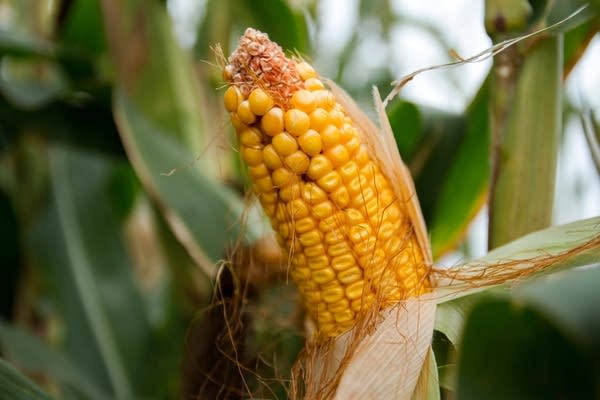Farmers adapt to big rains but send trouble downstream

Field corn growing on a Northfield farm.
Yi-Chin Lee / MPR News
Go Deeper.
Create an account or log in to save stories.
Like this?
Thanks for liking this story! We have added it to a list of your favorite stories.


